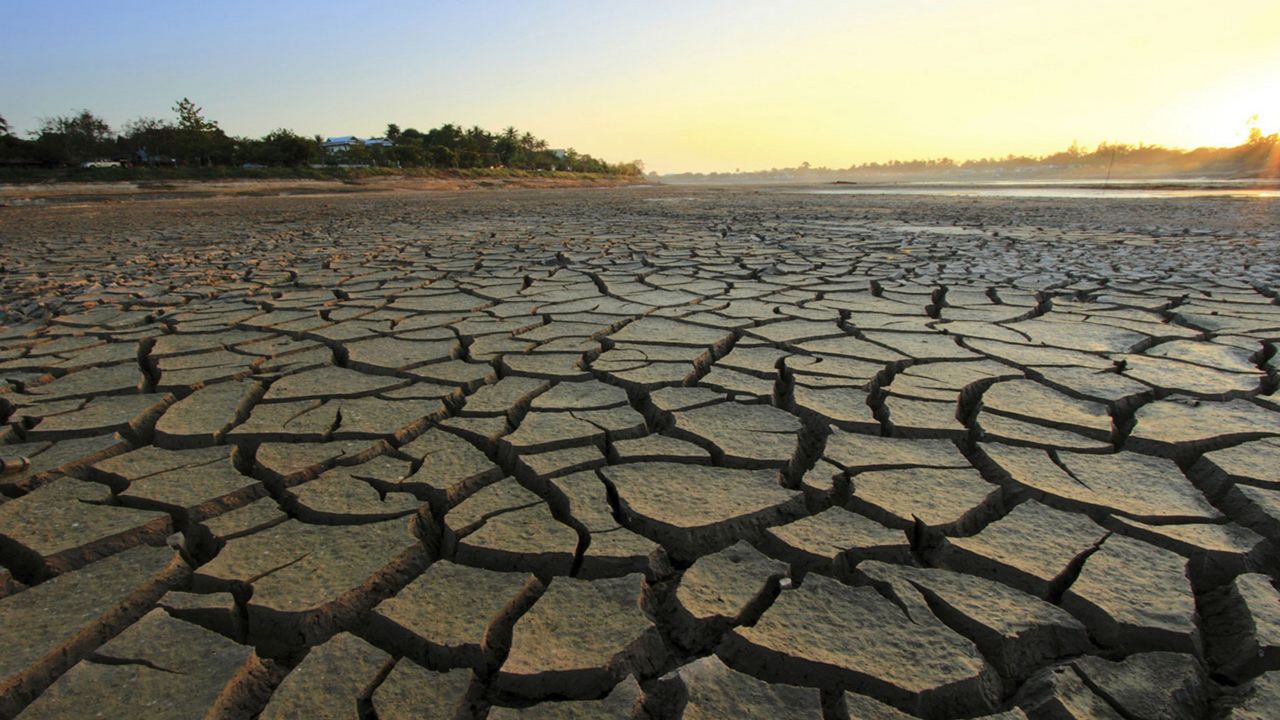Normally, I’m not one to freak out about lack of rain in Southern California. We are in the Mediterranean Climate and the bulk of our annual rainfall falls from October through April.
Even if we go through October, November, and even December without rain, I tend not to worry because we can easily make up ground in January, February, and March. I can confidently say it’s now time to start worrying about rainfall deficits in SoCal.
January turned out to be a not-so-good month for rain totals. Despite the January 28 super-soaker storm, which brought us between one to three inches of rain in less than 24 hours, we ended up with below-average rain for the month — and remain well behind for the year.
Theoretically, there is still time to make up rainfall deficits in February — historically the biggest rain month of the year — and March.
If the outlook looked good, I'd say, "sit back and wait," but a blocking pattern has reestablished over the West Coast, which will keep the storm track to the north.
The Climate Prediction Center (CPC) has SoCal under a 33 to 50% chance of below-average precipitation for the rest of February, thanks primarily to this blocking pattern.
We started the winter with a blocking pattern and it took a long time to knock it out, so another one setting up does not bode well for the remainder of the wet season.
In fact, the CPC’s outlook for the rest of the rainy season (through April) is dismal for SoCal, with a 50 to 60-percent chance of below-average precipitation.
It is possible we may receive next to no rain in February and March. Five of the top-10 driest February and Marches on record occurred during La Niña years, much like the one we are in now.
Unless something drastic changes to get rid of this blocking pattern, we may have seen the last significant storm for quite some time. If that's the case, we will certainly end up with pathetically below-average rain (and snow) totals for the season.



